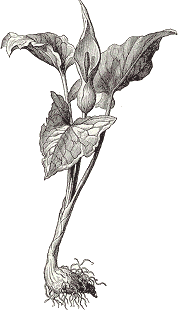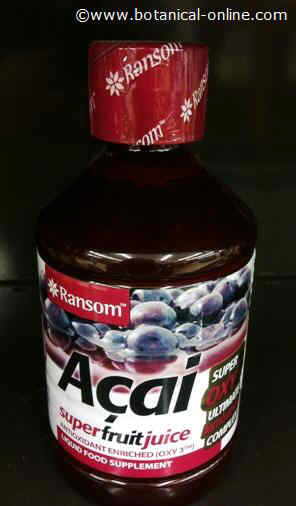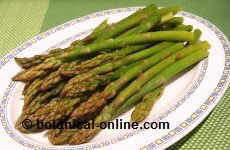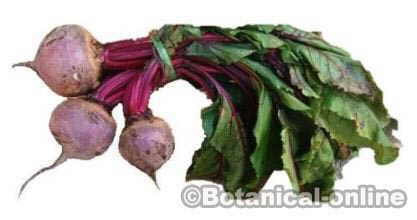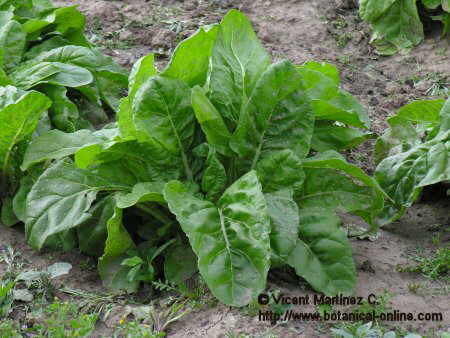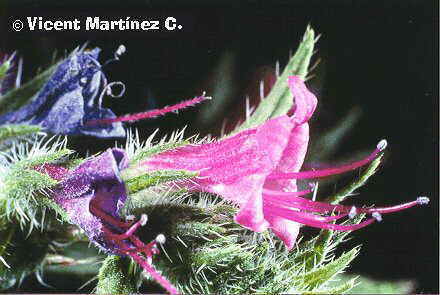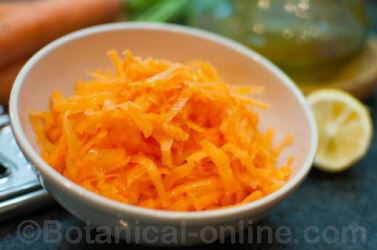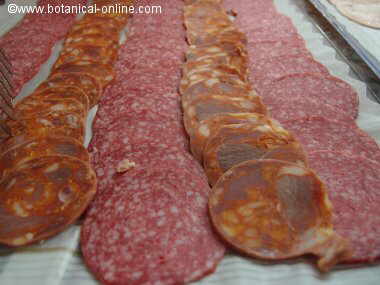Contents
Olive fruit properties, characteristics and uses
Properties of olives
Olives are the fruit of the trees called olive trees, there are more than 700 different varieties of olives.
Color differences of olives
Its color is green, some of them with a slight reddish coloration. When mature, some of these fruits persist with their greenish coloration, while others darken to adopt brown, reddish almost black tones.
In other words, the difference between green and black olives is that the period of maturation of the latter is greater.
Shape of olives
Its shape and size depend a lot on the variety of olives, from more round or more pointed, to very large or very small, although the “usual” size is usually around two centimeters in diameter.
Forms of consumption of olives
Olives are a fruit that can be consumed after a seasoning process. Due to its content in fatty acids, some kinds of olives are usually used for oil production.
Depending on each variety, the amount of oil that can be extracted from the fruit differs a lot and that is why not all of them are destined to the elaboration of this oil and some are only consumed with seasoning.
Production of olives
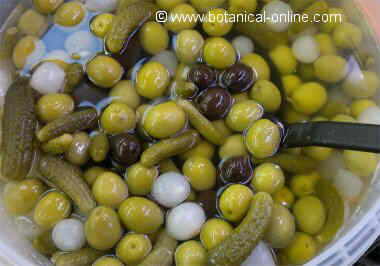
Olives seasoned with pickles and chives
Its production depends on several factors, but, in general, when the olive trees stabilize over the years it becomes a constant production at quantity level.
A single olive tree can produce more than 30 kg of olives, but it will depend on the size and age of the tree or whether it has been grafted or transplanted recently, which would delay production for some years, becoming normalized over time .
Climate and optimal conditions for the cultivation of olives
The climate where the cultivation is carried out also influences the final production of the fruit, that is, if they have remained at low temperatures during an insufficiently prolonged time at the time of flowering, which is in the spring, their production can be reduced. fruit.
In fact, if it is grown in a climate that is too warm, it may not even bear fruit.
In addition to temperatures, humidity also influences.
The optimum conditions to promote the greatest amount of production of the olives are a considerable period of rain in winter, a relatively wet time in spring and little rain in summer, which is the period of fruit ripening.
- The Mediterranean climate, with dry summers, cold winters and wet springs, is ideal for optimum production.
Maturation of olives
The ripening period of the fruit is more than half a year once the olive tree has blossomed.
We must bear in mind that some olives that are intended for consumption as a seasoned fruit, are not usually collected at a very advanced stage of maturity, which means that the waiting time before harvesting is usually somewhat shorter.
![]() More information on olives.
More information on olives.

